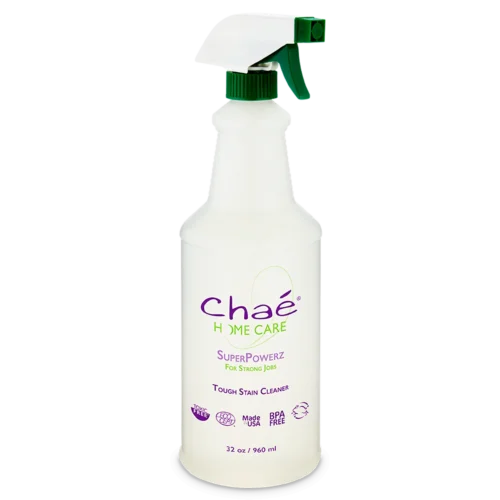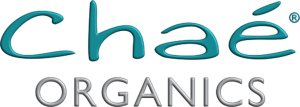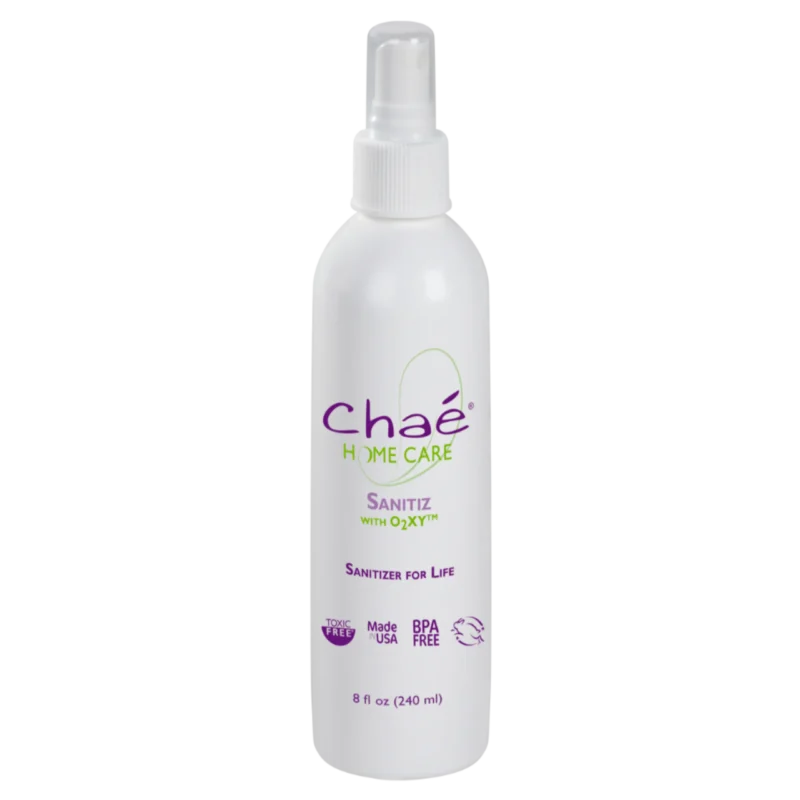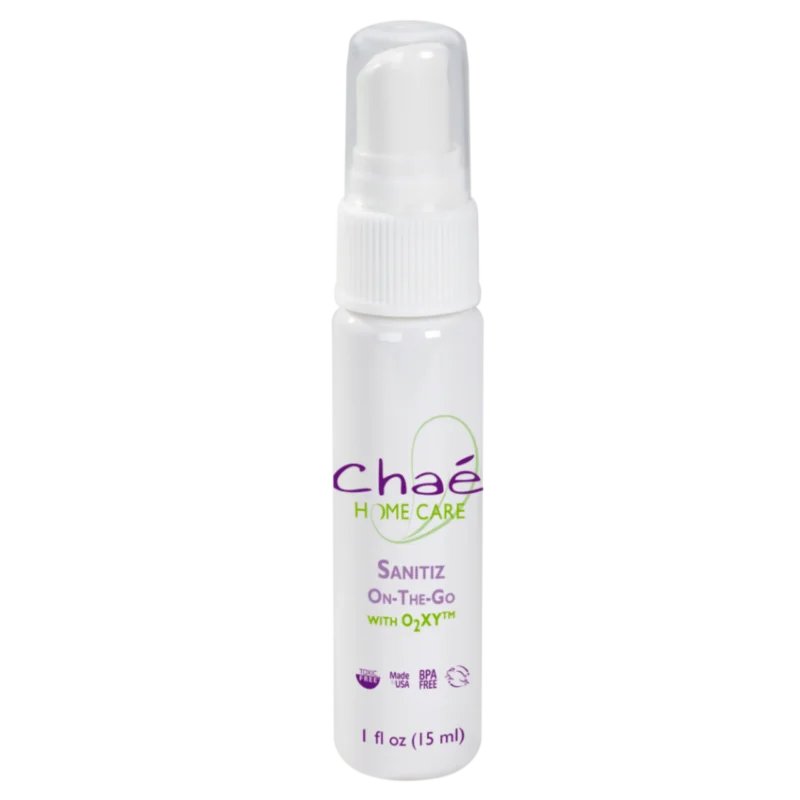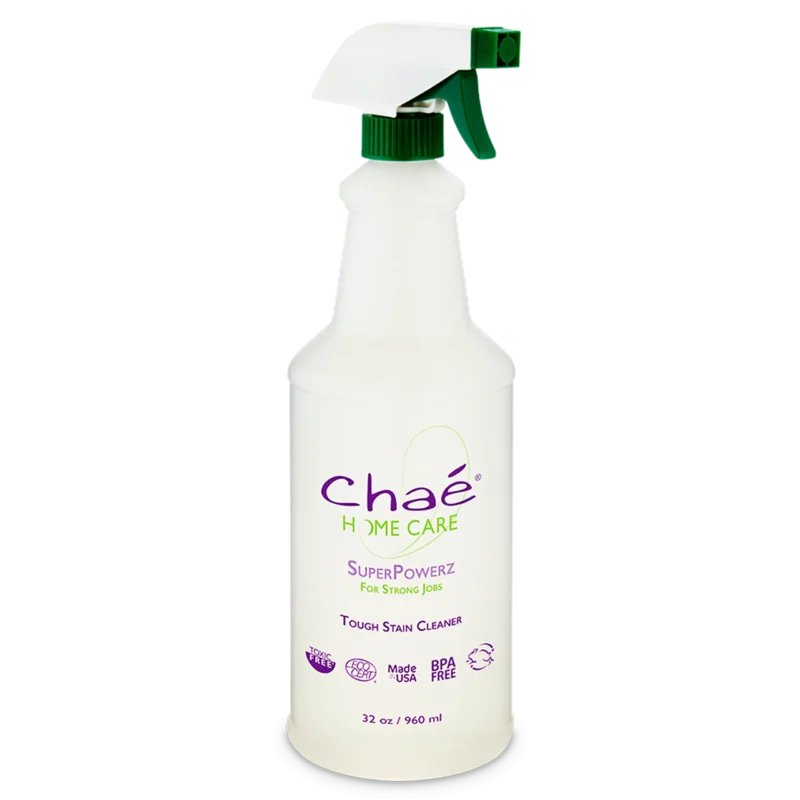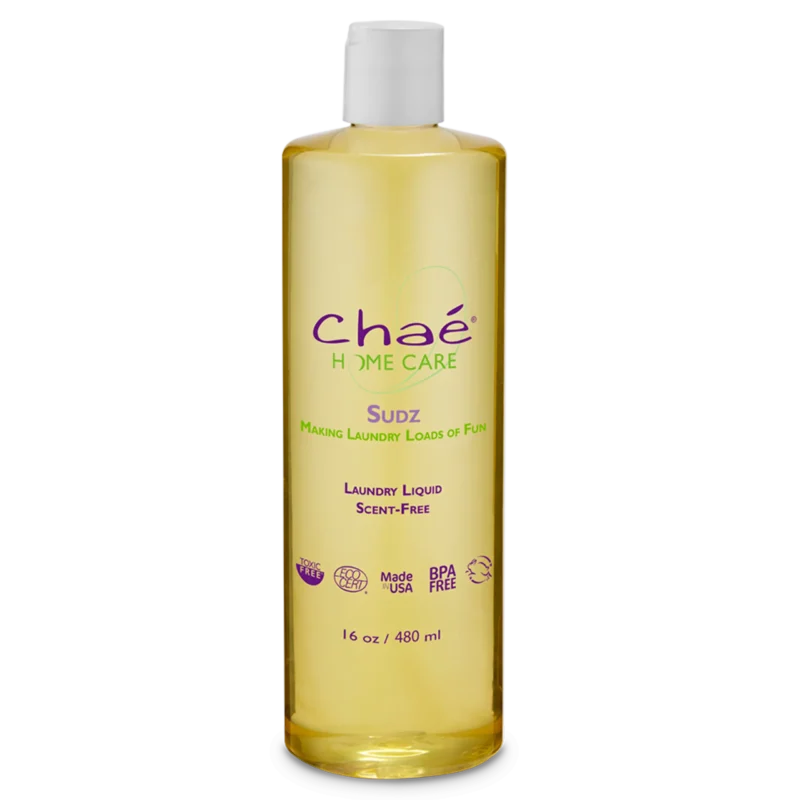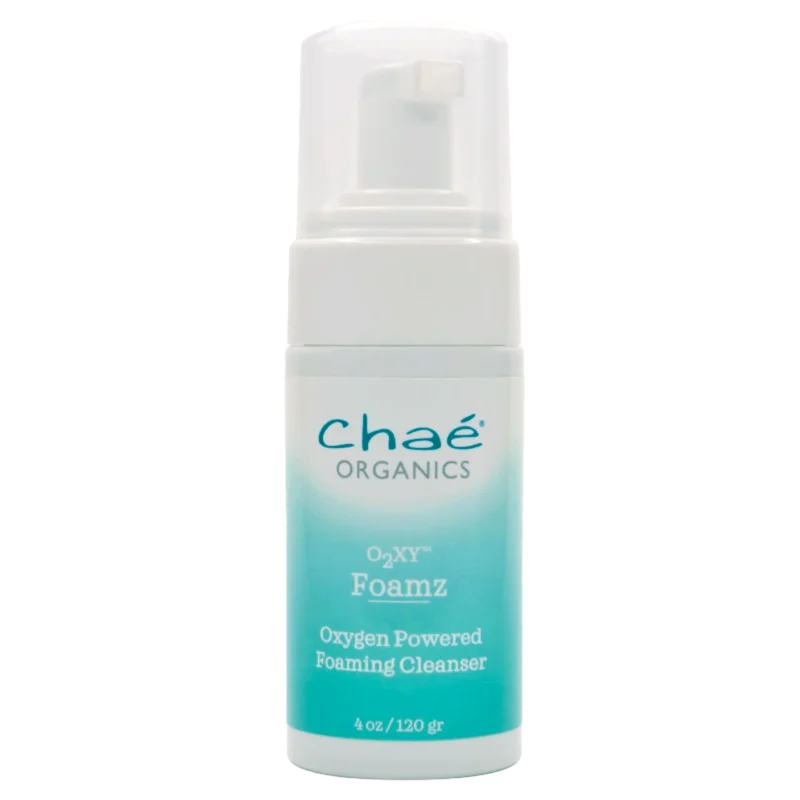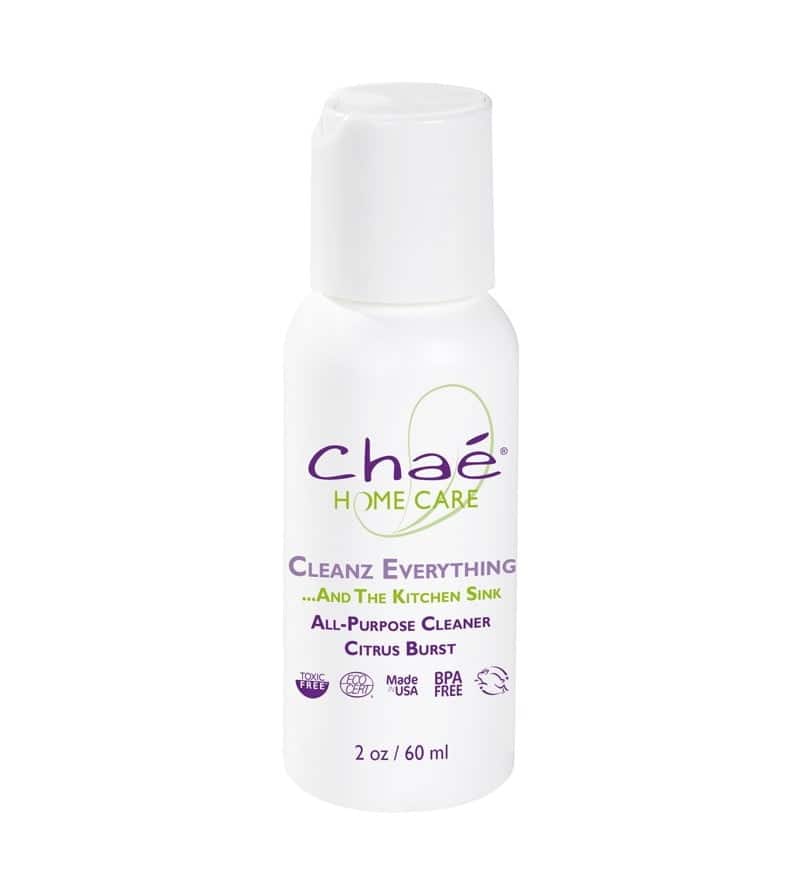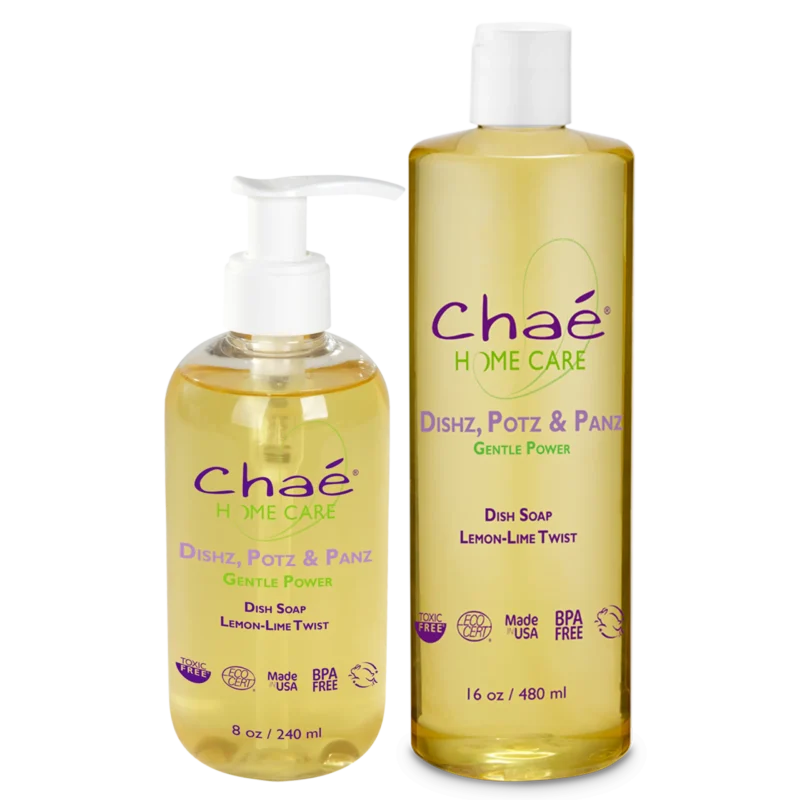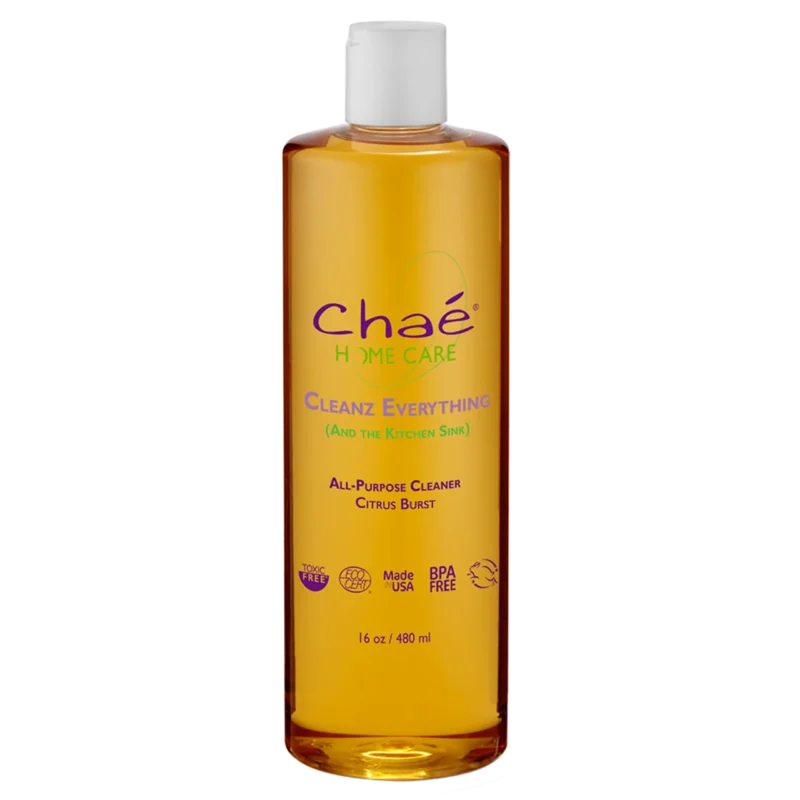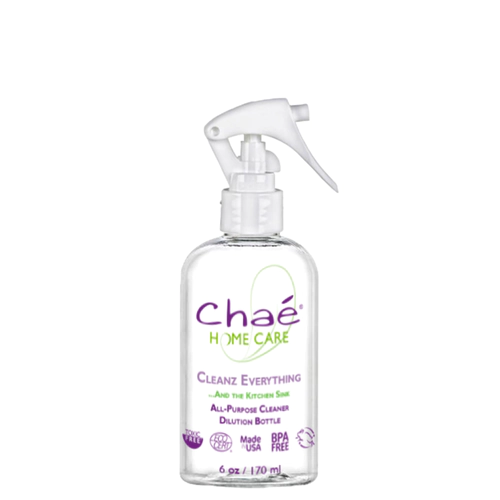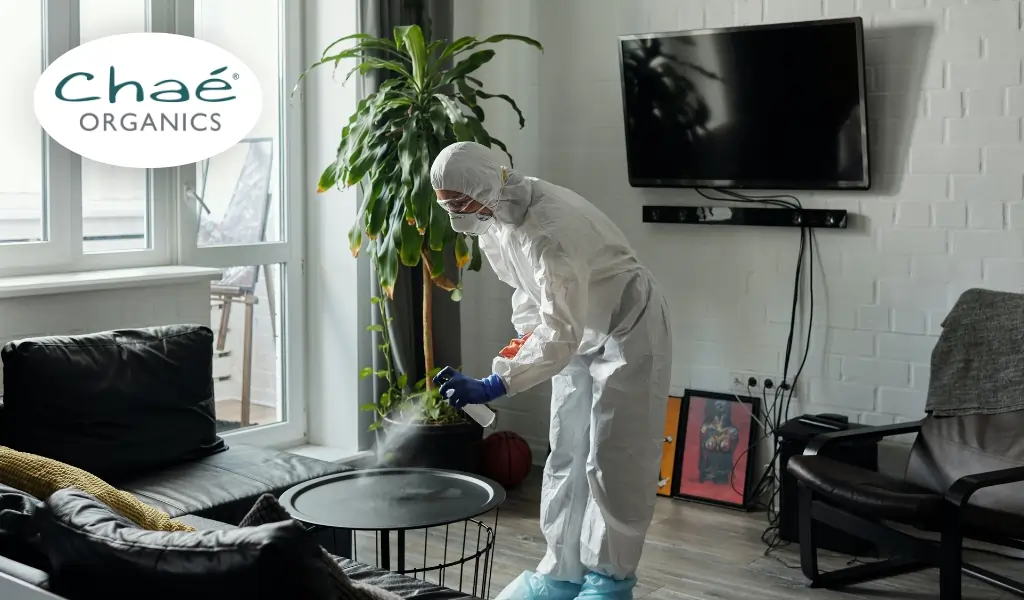
Is Your Cleaning Routine Making Your Home More Toxic?
It’s finally officially spring! Winter’s cold is making way for the freshness of rain and new growth. The days grow longer, the nights are shorter, and your energy is revitalized. Time to open doors and windows, bring the freshness of the great outdoors back into the living room, and give your entire home a thorough cleaning. You gather the supplies: the broom, mop, dust cloths, furniture polish, disinfectants, window cleaner, fragrances, bleach, oven cleaners, and everything else you need to make your home smell, feel, and be clean and springtime fresh.
While writing this article, I asked my personal AI assistant to list some of the most common and most dangerous chemicals found in household cleaning products. The answer? “Ammonia, chlorine bleach, and sodium hydroxide. It is important to read labels and use these products in a well-ventilated area while wearing protective gloves and clothing. Consider using natural cleaning alternatives whenever possible.” Even artificial intelligence considers natural cleaning alternatives a no-brainer, and it’s easy to see why.
As you scrub, scour, wipe, and spray, are you cleaning with products that may be harmful and dangerous to your family and pets? Once you know what to look out for, you can replace products containing the most common dangerous household chemicals with cleaning products that are free from toxins and made from ingredients that are entirely safe for your family, your home, and the planet.
Toxins are prevalent in products designed to “care” for our homes and families.
Maybe it’s in part because of how often we hear it that it’s difficult to appreciate exactly how common and critical these toxins can be. Unless we’re prepared to take a more thorough look at our homes and our habits, we’re likely to miss the vast majority of the dangers we encounter in our daily lives.
Unfortunately, toxic ingredients abound despite desperate efforts made by Chaé Organics founder Linda Chaé, who has lobbied the U.S. Congress for Right to Know legislation and met with the FDA, as well as many others who have worked to ban toxic chemicals adversely affecting Americans. Every day, more and more consumers are made aware of the dangerous substances some mainstream products carry and the growing availability of safe, healthy alternatives.
The 2021 Annual Report of the National Poison Data System© (NPDS) from America’s Poison Centers recorded 2,080,917 human exposures, of which 7.5% had to do with household cleaning substances. 189,182 people – almost half of whom were babies, toddlers, and preschoolers – were acutely poisoned in 2021 alone by the careless and unnecessary inclusion of toxic ingredients in products designed for use in your home.
The greatest concern may not have to do with any one of these products, but rather with the combination of these products. While it is well-known that you should never mix household cleaners due to potentially deadly chemical reactions, even the most careful practitioner is sometimes struck with misfortune when chemicals are in use. We recently spoke to our friend Deborah about her life-threatening experience with household cleaners and the switch she had to make to safe alternatives.
Each of us is exposed to such a wide variety of toxins and chemicals throughout our standard day, and while it’s nearly impossible to gauge independently the impact it’s having on our individual health and bodies, the implications are dire. The easiest way to prevent tragedy in your home is to simply find and remove the most hazardous elements.
FDA is the most lenient with household cleaning ingredients. They do not even require that companies list ingredients on the label! If a company does not disclose ingredients, we suggest you think twice before buying and thrice before using. You will make a difference by returning a product to the store because it contains one of the following ingredients or if it doesn’t list any ingredients at all. You deserve to get your money back.
These are the 10 worst and most common offenders:
- Ammonia
Ammonia can be found in many common household cleaners, such as glass cleaners, floor cleaners, and bathroom cleaners. It is important to always read the labels and use these products according to their instructions to ensure safe use. Ammonia can be harmful to humans if it is inhaled in large amounts. It can irritate the respiratory system, eyes, and skin, and can cause coughing and difficulty breathing. In extreme cases, it can cause chemical burns and lung damage. It's important to handle ammonia safely and in well-ventilated areas.
- Chlorine
Chlorine can be found in many common household cleaners, including bleach, laundry detergents, mildew removers, and some toilet bowl cleaners. It is often used as a disinfectant and antibacterial agent. The effects of chlorine poisoning depend on how long the person was exposed to chlorine and the amount of exposure. Even limited exposure to chlorine may result in blurred vision, burning pain, redness and blisters on the skin, burning sensation in the nose, throat and eyes, coughing and chest tightness.
- Fragrance
Perfume and “Fragrances” in household products are linked to breathing difficulties and allergies. About 2,600 chemicals are commonly used in synthetic fragrances. 95% of chemicals used in these scents are synthetic compounds derived from petroleum. Twenty-six of these chemicals are on the EU banned list.
Mostly synthetic ingredients, fragrances can indicate the presence of up to 4,000 separate ingredients, many toxic or carcinogenic. Symptoms reported to the FDA include headaches, dizziness, allergic rashes, skin discoloration, violent coughing and vomiting, and skin irritation. Clinical observation proves fragrances can affect the central nervous system, causing depression, hyperactivity, irritability, inability to cope, and other behavioral changes.
Dr. Anne Steinemann, a professor of civil engineering at the University of Melbourne in Australia, found in studies that “over one-third of Americans report adverse health effects from fragranced consumer products…” These products can be anything from air fresheners, cleaning products and deodorizers, to hand sanitizers and scented candles. Unnaturally scented products are often the biggest toxic culprit.
Instead of looking for products labeled ”unscented” that simply mask chemical smells, experts recommend using those labeled “fragrance-free” or natural cleaners that list the essential oils present in the formula.
- Sodium Hydroxide
Sodium hydroxide can be found in drain cleaners, oven cleaners, and some bathroom cleaners. It has a high pH of 11 and will burn the skin and lungs. Cleaners that have a very high or low pH are known as caustic, and maybe they’re good for use on those tough to clean stains - if you don’t choose old fashioned elbow grease. According to the U.S. Consumer Product Safety Commission (USCPSC), they "can lead to caustic burns to the skin, eyes, or internally if swallowed.” The cleaners are so harmful they don’t even have to be ingested, just cleaning with them can lead to skin and lung irritation. It is important to always read the labels and handle these products with caution as they can be potentially harmful. Alway keep products with this ingredient out of reach of children. Don’t use a more powerful cleaner than needed for the job.
- Benzyl Acetate
Benzyl acetate is primarily used as a fragrance. Products that contain benzyl acetate include fabric cleaners, dryer sheets, air fresheners, dishwashing detergents, and fabric softeners. The vapors in the air from benzyl acetate can be irritants to the eyes and respiratory system. Inhalation may cause nausea and vomiting, sore throat and drowsiness. Be Aware! Benzyl Acetate is often not listed on the label. If the product smells like a fragrance, this is almost guaranteed to be present.
- Phthalates
Products that contain phthalates include almost anything with a fragrance: air fresheners, dish soaps, tissues, and laundry detergents. Phthalates are chemicals that can hinder growth and development, and can be especially harmful to males during their reproductive years, possibly affecting fertility. In addition, animal studies have shown that phthalates may contribute to breast and liver cancers. Be AWARE, this is not listed on the label as it is a chemical in fragrance and other chemicals. Find more information about phthalates on The Toxic Free Foundation Ingredient Database.
- Quaternary Ammonium Compounds (Quats)
Quats are a kind of chemical used to kill bacteria, viruses, and mold, often used in disinfectants. Products containing quats include oven cleaners, toilet cleaners, cleaning wipes, and drain clog compounds. While quats are effective in killing viruses and bacteria, they are lung irritants and may contribute to breathing problems, including asthma. Quats can also cause skin burns and eye damage.
- Triclosan
One of the “trendier” entries on this list, triclosan can be found in some hand soaps, dishwashing detergents, and other cleaning products labeled as "antibacterial." However, the use of triclosan in these products has been restricted in some countries due to potential health and environmental risks, including reduced growth, reproduction, and survival in animals, along with evidence of effects on the endocrine system. The FDA has begun restricting the use of this ingredient within the United States due to its potential for harm. Every time we check, there are new names by which this ingredient is being called to avoid these restrictions.
- Formaldehyde
Well-known for its potent preservative power, formaldehyde can be found in some common household cleaners such as disinfectants, laundry detergents, and air fresheners. Formaldehyde can cause irritation of the eyes, nose, and throat, even at low levels for short periods, and severe exposure can cause chemical burns and death. It is important to check the ingredient list before use to ensure that products do not contain formaldehyde. Be Aware! This will not be listed on the label as it is contained within and thus listed as these two commonly used preservatives: DMDM Hydantoin & Urea (Imidazolidinyl). These are just two of many preservatives that often release formaldehyde which may cause joint pain, cancer, skin reactions, allergies, depression, headaches, chest pains, ear infections, chronic fatigue, dizziness, and loss of sleep. Exposure may irritate the respiratory system, trigger heart palpitations or asthma, and aggravate coughs and colds.
- Ethoxylates
On labels, this ingredient is identified by the prefix "PEG", "polyethylene", "polyethylene glycol", "polyoxyethylene", "-eth-", or "-oxynol-". These are a major class of non-ionic surfactants which are widely used in laundry detergents, household cleaners, all-purpose cleaning agents, dishwashing agents, emulsifiers, wetting agents, institutional and industrial cleaners, cosmetics, agriculture, and in textile, paper, oil and other process industries. As part of the manufacturing process the toxic chemical 1,4-dioxane - a potent carcinogen - is generated, as well as PEGs.
For more information about additional chemicals found in household and other products, please visit The ToxicFree Foundation’s website.
You think you’re using “green cleaners”?
Regardless of what the label says, if “green cleaners” don’t list their ingredients, chances are they’re just as hazardous as conventional cleaners. Dr. Steinemann found in her research that products labeled as ‘green’, ‘organic’, and ‘all natural’ “emitted potentially hazardous air pollutants.”
Luckily, not all products are created equally.
There are wholesome alternatives to these toxins that remove grease, hard water, and tough stains throughout your home, leaving a phthalates-free fresh, clean scent. At Chaé Organics, we specialize in organic, cruelty free products designed to nourish and defend every part of your home and family. We continue to push the envelope in truly scientifically-driven naturally-derived home-and-body care. As the standout leader in innovative ToxicFree® products, Chaé Organics offers the following household cleaning alternatives to make your spring cleaning efforts safe and free of dangerous chemicals. Our line of Household Essentials takes the dozen or so warning-label-laden products you’ve been using and consolidates them into a few simple, healthy, nourishing products that work in every part of your home.
Cleanz Everything
Cleanz Everything will replace over 13 home cleaning products… and do a better job. You don’t need to wear protective gloves when you use this formula - full strength or diluted. It is a powerful, wonderfully scented concentrate that can make up to 32 16-ounce bottles of gentle household cleaner, replacing many single-purpose cleansers and saving space and money. Cleanz Everything is made with ToxicFree® ingredients that are safe for your home and family and will not cause dryness or irritation to your skin. For jobs big and small, no matter how light or how heavy the mess,g Cleanz Everything can eliminate dirt and dinge from all over your home, leaving spaces and surfaces streak-free and squeaky-clean. And because it contains only safe, effective ingredients, you don’t have to worry about using it in spaces that come into contact with food, children, or pets.
Dilute a few drops in water to create a custom strength grime fighter that works on windows, mirrors, jewelry, shoes, toys, tile, countertops, floors, walls, woodwork, refrigerator, bathrooms, stovetops, greasy surfaces, stainless steel, dirty floors, lawn chairs, garden tools, even washing the car.
Add a little vinegar, or Super Powerz to the mix to boost your cleaning power and create an even shinier finish on stainless steel, glass, barbeque grills and countertops.
Or combine with baking soda to create a gentle cleansing paste with enough grit to help loosen years of dirt in tile grout and where oil has baked in. NO gloves required.
Allow a small amount to sit at full strength on stubborn grease, old stains, and hard water to break up tough particles and make cleaning those extra-tough spots easier than ever without all the toxic and unnecessary ingredients.
Foamz
Foamz is a mighty little foaming cleanser featuring our remarkable O2XY™ - stabilized, cleansing oxygen that can be used to disinfect items and surfaces, yet is gentle on your skin when used as a waterless hand cleanser. Using natural ingredients, it is a fun and safe way to keep your home clean without toxic chemicals or residue, or a great way to keep you and your possessions spotless while away from home. Fantastic for hiking, camping, and on-the-go activities of all kinds and safe for even your most delicate loved ones, so it’s perfect for families with children. Makes dirt and residue disappear, anytime and anywhere.
Dishz, Potz & Panz
Dishz, Potz & Panz: Tough on grease, mild on hands! Fully derived from 100% renewable vegetable sources, this eco-friendly and biodegradable cleaning concentrate provides a naturally fresh and bright lemon-lime scent and an effective clean that won’t harm the environment. Heroic ingredient decyl glucoside increases the sudsing power of this dishwashing liquid while offering balancing properties so it doesn’t strip your skin of its natural moisture. Handwashing your dishes has never been so delightfully easy for you or your hands.
Sanitiz On-The-Go
Sanitiz On-The-Go is our favorite hand sanitizer in a convenient travel size.. With our O2XY™ double-bond oxygen formula, Sanitiz helps neutralize odors, smothers microbes, and deters their activity while remaining safe for you and your family, safe for most fabrics, even non-irritating to sensitive eyes, so it’s incredibly gentle on skin. This technology has been used for decades in water purification and is known to be effective against bacteria and viruses. Our naturally derived formulation is highly biodegradable so it’s even better for the planet than the majority of hand sanitizers on the market.
Safe alternatives are waiting to find their way into your home.
There is absolutely no need for these toxic chemicals to still be in use in cleaning our homes today when there are better, safer alternatives available. Many big companies choose to ignore these options or offer them only at a premium. Why buy products from these companies when they sell them knowing they can hurt you?
Let Chaé Organics take the guesswork out of ToxicFree living with fewer products, fewer ingredients, and better options. Offering only the most trustworthy technologies direct to you, we stay on the cutting edge so you don’t have to. Get your spring cleaning done and then rest easy knowing your home is the cleanest it has ever been.
Happy Spring!
